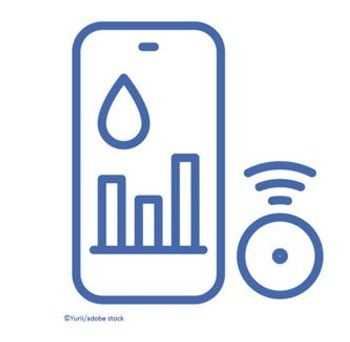
Expanding Access to Atopic Dermatitis Treatments for Children: A Conversation with Elizabeth Swanson, MD

At RAD 2025, pediatric dermatologist Elizabeth Swanson, MD, discussed the value of focused AD education and anticipated label expansions for several treatments.
At the 2025 Revolutionizing Atopic Dermatitis (RAD) conference, pediatric dermatologist Elizabeth Swanson, MD, of Ada West Dermatology in Boise, Idaho, shared her excitement as a first-time attendee and highlighted the significance of disease-specific meetings for clinicians deeply involved in
The following transcript has been lightly edited for clarity and length.
Patient Care: As a key opinion leader in dermatology, how valuable do you find a disease-specific meeting like RAD?
Elizabeth Swanson, MD: As a first-time attendee at RAD, I’m incredibly excited to be here. Atopic dermatitis is a huge part of my clinical life—as a pediatric dermatologist, I spend about 25% to 50% of my day managing this condition. So being at RAD feels like attending a boot camp for atopic dermatitis. I’ll leave here better educated, better equipped, and more capable of helping my patients. And really, that’s what attending a meeting like this is all about.
Patient Care: If you were to give the same presentation a year from now, what do you hope will be different?
Swanson: A year from now, I hope we’ll see expanded approvals for some of our existing treatments in younger patient populations. We’re eagerly anticipating an update to the label for topical ruxolitinib to lower the approved age from 12 to 2 years. We’re also looking forward to a new 0.05% cream formulation of roflumilast being approved for use down to age 2. I’m especially hopeful that some of our systemic agents will gain approval for use in children under 12. That may not happen within the year, but I’m confident it’s on the horizon—and I’m already looking forward to that day. The expansion of these therapies would be a major advancement for our youngest patients with atopic dermatitis.
For more of our conversation with Dr Swanson, check out Beyond the Rash: Collaborative Insights on Pediatric Atopic Dermatitis
For more RAD 2025 meeting coverage, please click here.
Newsletter
Enhance your clinical practice with the Patient Care newsletter, offering the latest evidence-based guidelines, diagnostic insights, and treatment strategies for primary care physicians.



















































































































































































































































































